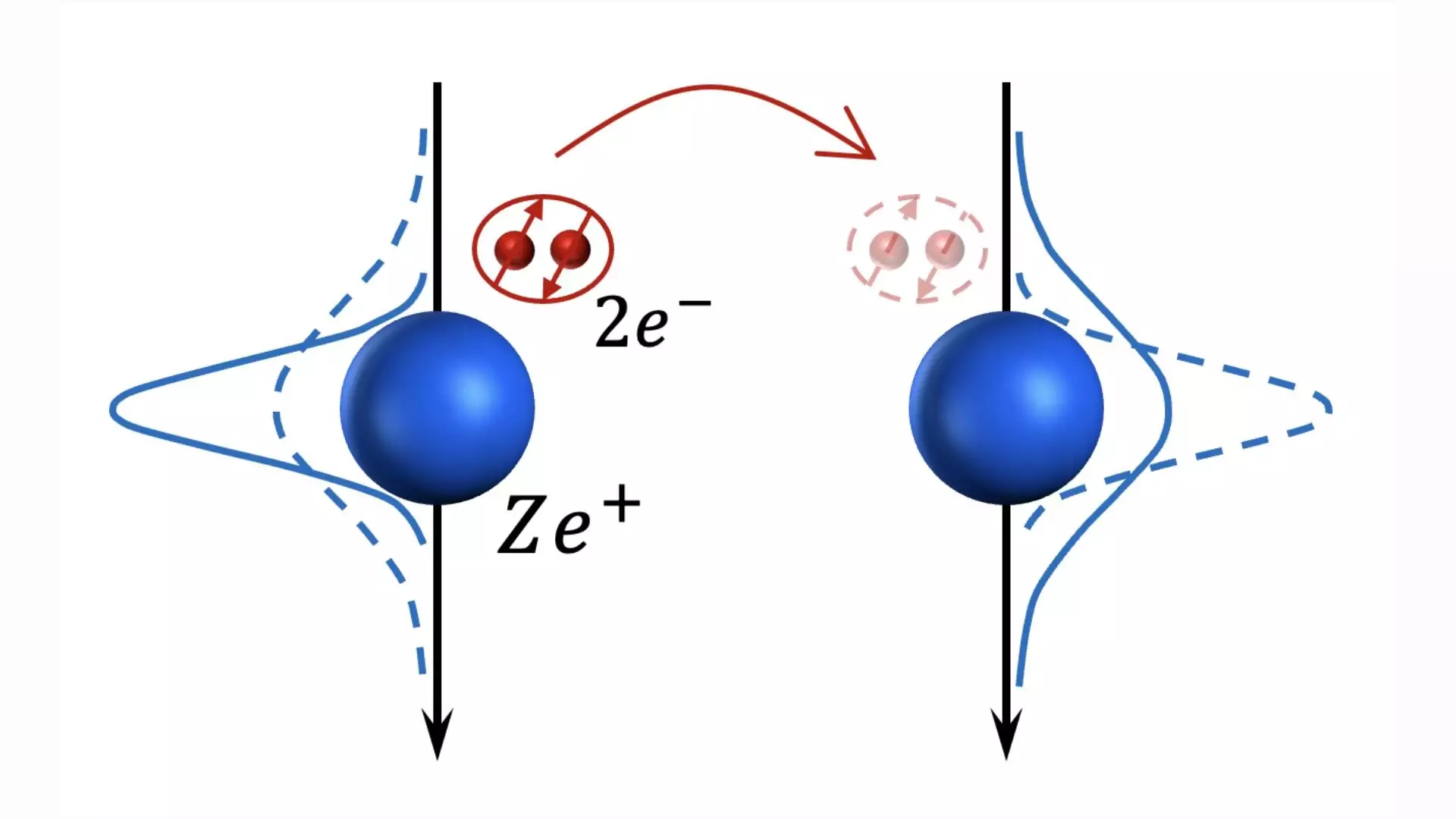The article discusses a new study published in Physical Review Letters exploring the potential of quadratic electron-phonon coupling to enhance superconductivity through the formation of quantum bipolarons. It delves into the interaction between electrons and vibrations in a lattice, known as electron-phonon coupling, which is essential for superconductivity in certain materials. The study aims to determine if superconductivity can be improved in materials exhibiting quadratic coupling compared to the commonly studied linear coupling.
The article highlights the differences between linear and quadratic electron-phonon coupling in relation to superconductivity. While linear coupling is extensively studied due to its prevalence in many materials, it faces limitations such as low critical temperatures. On the other hand, quadratic coupling, which is less understood, presents a new avenue for exploring higher transition temperatures in superconductors.
The researchers extended the Holstein model, a theoretical framework used to describe electron-phonon interactions in materials, to incorporate quadratic coupling. This extension allowed for the study of quantum bipolarons formed by electrons interacting with the quantum fluctuations of phonons, leading to the emergence of superconducting properties. Unlike linear coupling, which relies on classical physics principles, quadratic coupling is rooted in quantum mechanics.
The study found that materials with quadratic electron-phonon coupling exhibit higher critical temperatures compared to those with linear coupling. Quantum bipolarons formed through strong interactions lead to a more stable superconducting state with increased mobility. This mechanism does not require special preconditions to operate and offers the potential for achieving transition temperatures of around 100 Kelvin.
The researchers suggest using specifically engineered superlattices for electrons to achieve strong coupling and enhance superconductivity. They propose that experimentalists explore superlattice materials with large quadratic couplings to validate the predicted superconducting behavior. Finding the optimal regime of coupling strength for superconductivity is deemed crucial for future investigations.
Overall, the study sheds light on the potential of quadratic electron-phonon coupling to improve superconducting properties in materials. By moving beyond the constraints of linear coupling, researchers can explore new mechanisms that enable higher transition temperatures and more stable superconducting states. Further experimental validation and theoretical refinement are necessary to fully harness the capabilities of quadratic coupling in advancing superconductivity research.


Leave a Reply